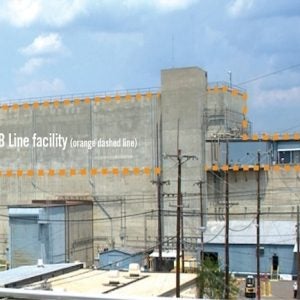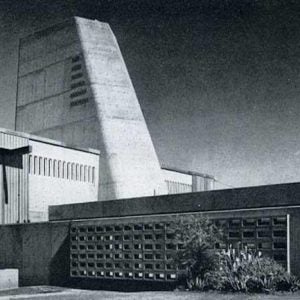A report, ‘Engineering the UK Electricity Gap‘, published on 26 January by the UK Institution of Mechanical Engineers (IMechE) warns that the UK is facing an "electricity supply crisis".
It urges an urgent review of the capacity of supply chains to build the ‘most likely’ new power infrastructure, including nuclear. The report said it is already "too late" for new UK nuclear power plants (other than Hinkley Point C) to be planned and built to bridge a potential electricity supply gap of up to 55% by 2025 when existing nuclear and coal plants will be retired.
Plans to build combined cycle gas turbine (CCGT) plants to cover the shortfall are unrealistic, "as the UK would need to build about 30 new CCGT plants in less than 10 years", the Institution said in a statement to accompany the report’s release. "The UK has built just four CCGTs in the last 10 years, closed one and eight other power stations. In addition, in 2005, 20 nuclear sites were listed for decommissioning, leaving a significant gap to be filled."
The UK "has neither the resources nor enough people with the right skills" to build this many power plants in time, it said. "It is already too late for any other nuclear reactors to be planned and built by the coal ‘shut-off’ target of 2025, other than Hinkley Point C."
"With little or no focus on reducing electricity demand, the retirement of the majority of the country’s ageing nuclear fleet, recent proposals to phase out coal-fired power by 2025 and the cut in renewable energy subsidies, the UK is on course to produce even less electricity than it does at the moment," said lead author and head of energy and environment at ImechE, Dr Jenifer Baxter
"We cannot rely on combined cycle gas turbine plants alone to plug this gap, as we have neither the time, resources or enough people with the right skills to build sufficient power plants," she noted. "Electricity imports will put the UK’s electricity supply at the mercy of the markets, weather and politics of other countries, making electricity less secure and less affordable."
Baxter said there are "insufficient incentives for companies to invest in any sort of electricity infrastructure or innovation". She pointed out that "worryingly, even the government’s own energy calculator does not allow for the scenarios that new energy policy points towards… under current policy, it is almost impossible for UK electricity demand to be met by 2025".
The government needs to take "urgent action" to work with industry to "create a clear pathway with timeframes and milestones for new electricity infrastructure to be built including fossil fuel plants, nuclear power, energy storage and combined heat and power", Baxter said. "With carbon capture and storage now out of the picture, new low-carbon innovations must be supported over the course of the next 10 years."
The report called for the UK’s National Infrastructure Commission to assess "the necessary incentives for industry and the public to reduce the demand on the electricity system through engineering efficiencies into processes and equipment, awareness raising and advocacy".
Currently the UK’s 15 commercial nuclear reactor units account for 22% of overall electricity generation.The UK government has announced an "initial" investment guarantee deal worth around £2bn ($3.1bn) in support of EDF Group’s plans to build Hinkley Point C in Somerset – a a two unit European pressurised water reactor plant. Horizon Nuclear Power plans to build two Hitachi-GE Nuclear Energy UK advanced boiling water reactors (ABWRs) on the Isle of Anglesey in Wales and is also developing plans to build UK ABWRs at Oldbury-on-Severn in South Gloucestershire. At Moorside, in Cumbria, UK nuclear developer NuGen plans to build three Westinghouse AP1000 reactor units.






